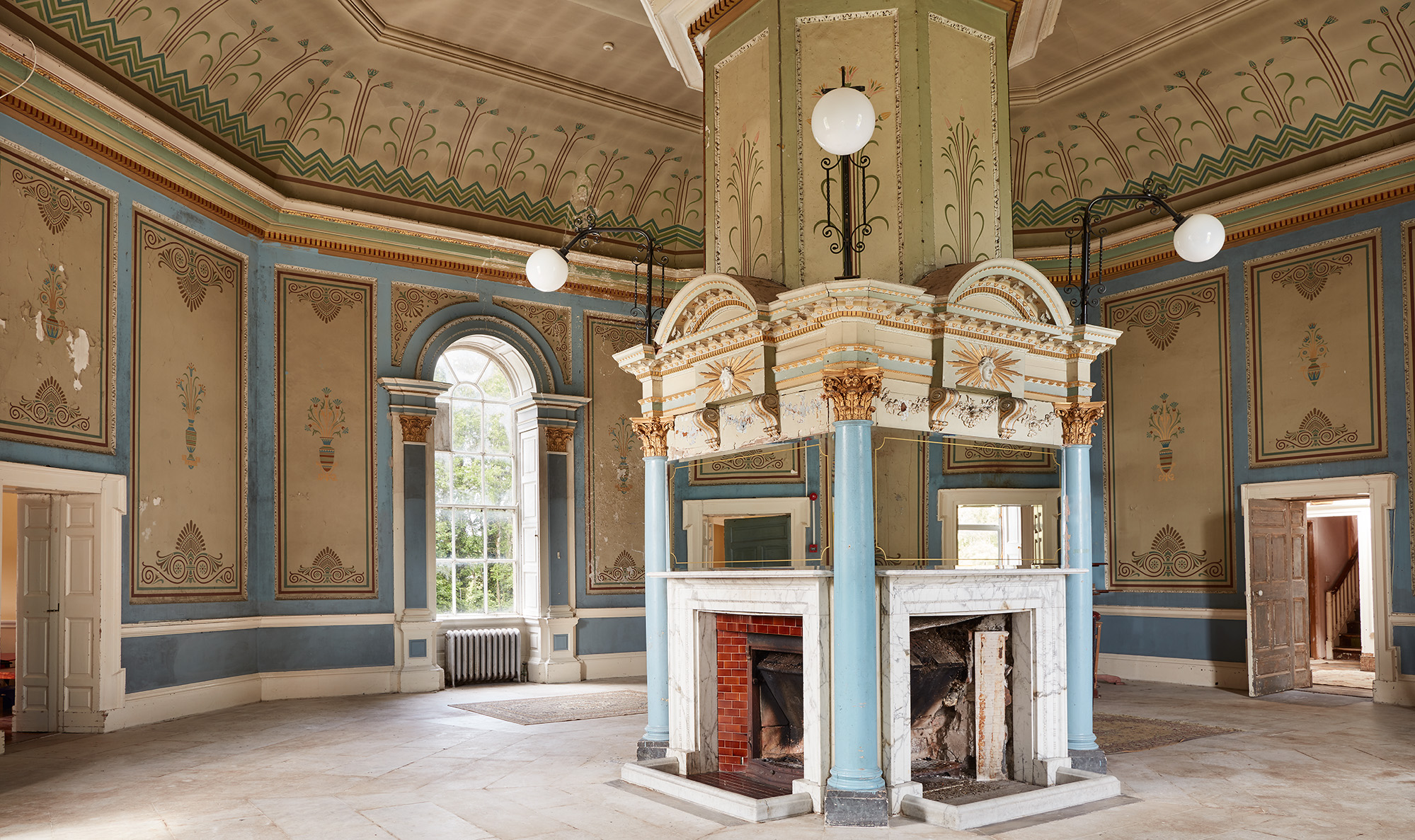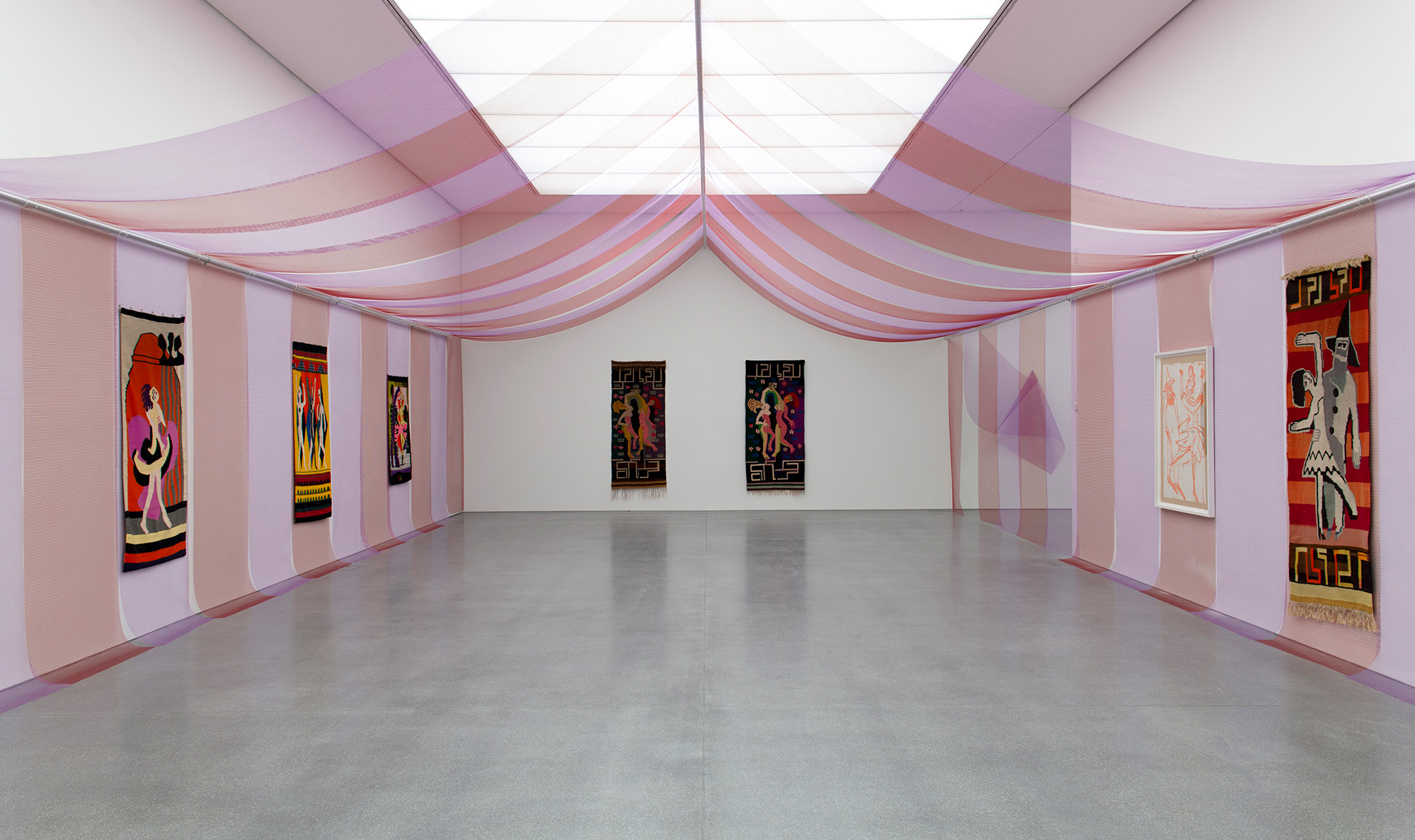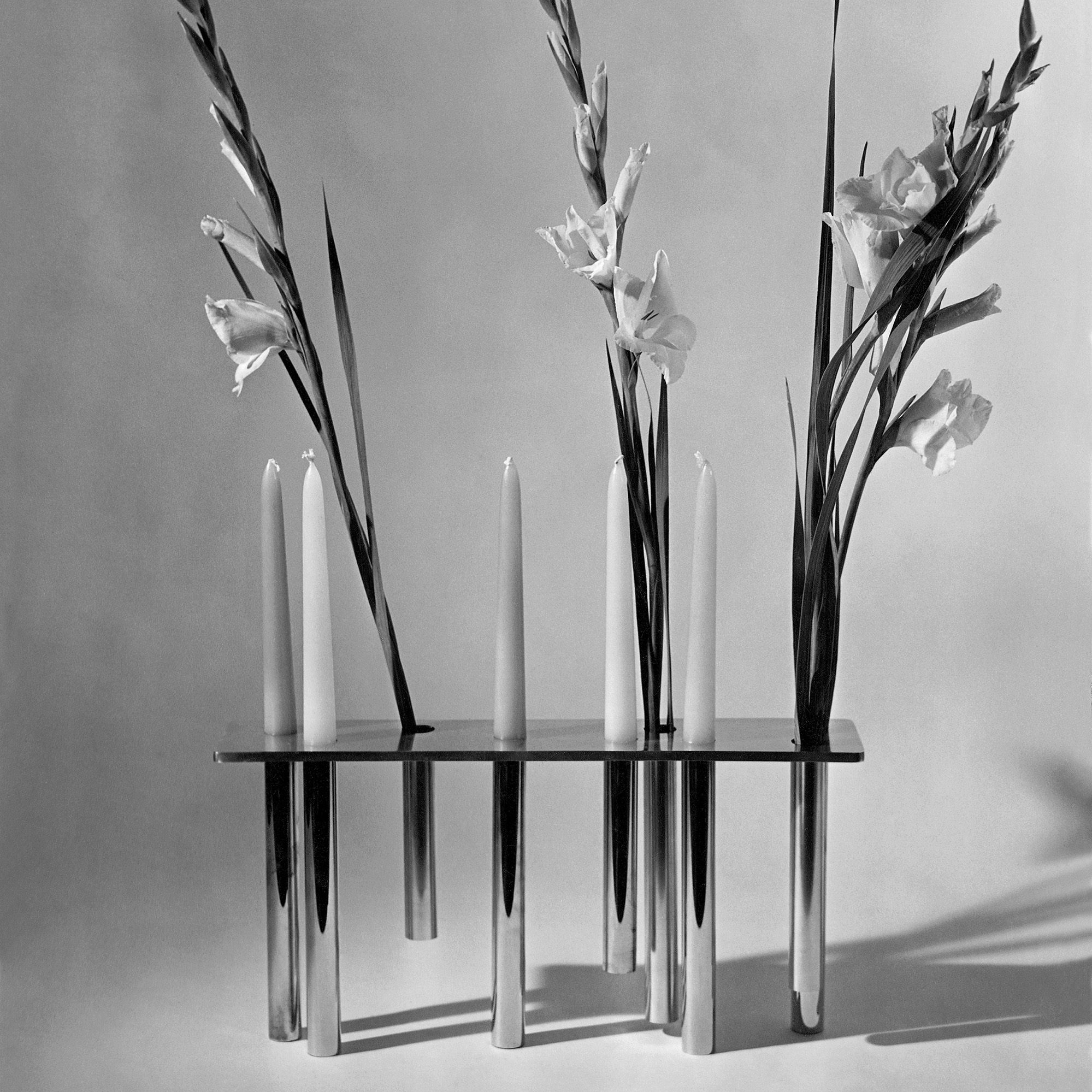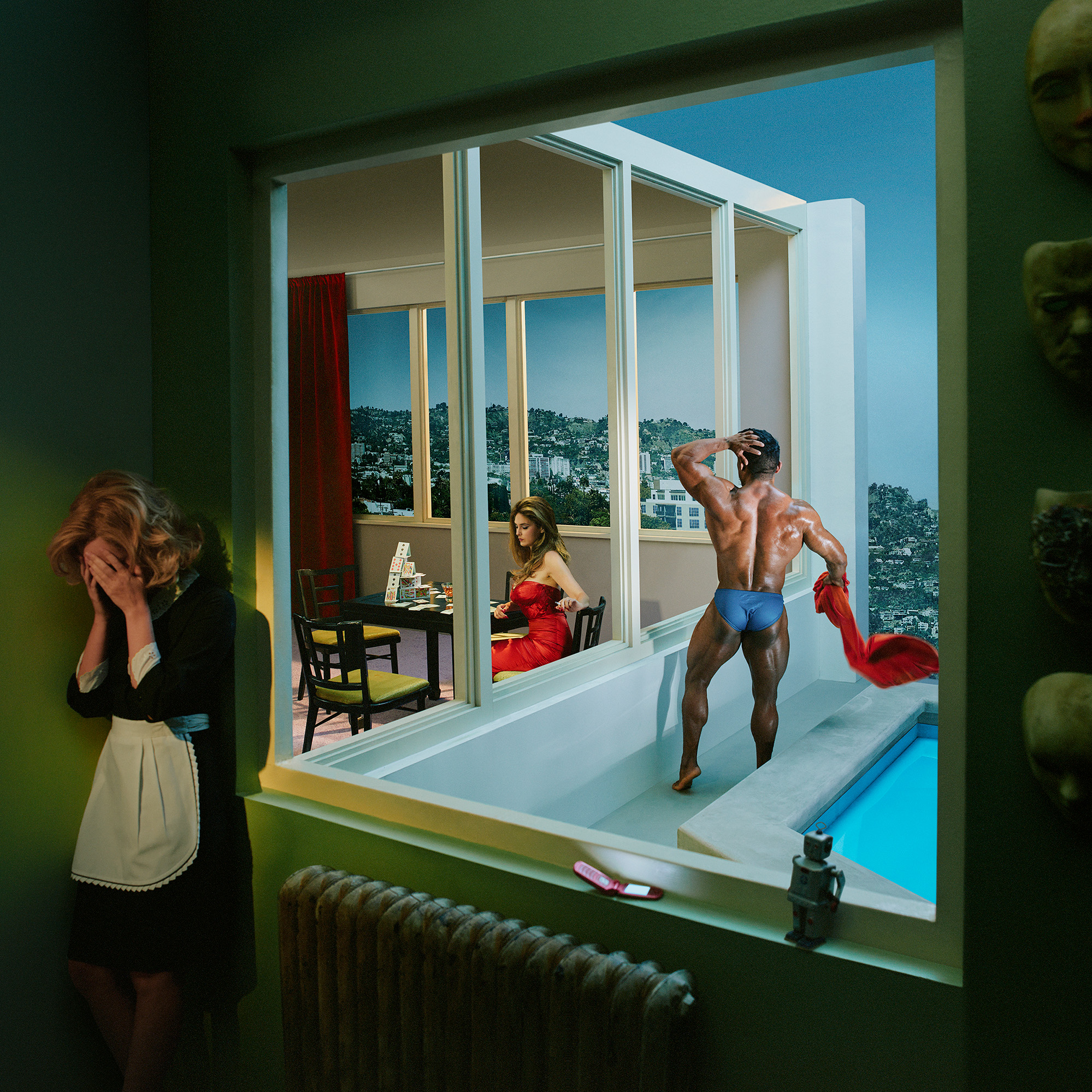Mark Your Calendars: The Grand Tourist 2026 Guide to Art and Design Fairs
A great design or art fair sets the tone for the year, defines the conversations, and points to where taste is headed. These are the fairs defining 2026. Save the dates.

You’re reading The Grand Tourist Curator, our weekly newsletter with the latest handpicked news and insights from the worlds of art, design, style, food, and travel. Sign up here to get The Curator delivered directly to your inbox.
Some of my favorite episodes of The Grand Tourist have explored legendary country houses and estates in Great Britain. Thanks to preservation efforts and many of them being converted from private homes into businesses or public attractions, most are thriving and a part of the UK’s national character. In the Republic of Ireland, however, these “big houses” have a reputation for their lack of grandeur and upkeep. (And that’s not to mention their legacy as reminders of the country’s past under British rule.)
In an upcoming book, “The Irish Country House: A New Vision” (Rizzoli), noted author on the decorative arts Robert O’Byrne brings this somewhat outdated rap up to date. “The Ireland of today is very different from the country of even just a few decades ago; one that’s much wealthier, much more confident than used to be the case,” says O’Byrne. With new photography by Luke White, the book documents more than a dozen Irish houses. Sometimes stately, sometimes less so, it’s a wonderful treatise on traditional interiors that offers a look at a corner of design history that’s often overlooked. “I’ve been researching and writing about Irish country houses for many, many years, but a lot of the time the story one has to tell is rather a sad one—of decay and dereliction, of houses suffering from neglect and ruin,” says O’Byrne. “On this occasion I wanted to offer an alternative narrative, offering stories of revival and restoration, of houses being brought back, sometimes from the brink, to face a bright future.”
While many of the spots in the book are actively in some process of renovation, many stellar examples can be visited, or even rented. We asked O’Byrne to guide us through some of the houses in the book that can be added to your next itinerary to the Emerald Isle. rizzoliusa.com
Annaghmore, County Sligo
“First impressions of Annaghmore are that it’s just another stonking, big Victorian block. But when you step inside, you’re enveloped by centuries of history and an awareness that generations of the same family have lived here for hundreds of years. Happily, the present generation of O’Haras are determined to ensure this remains the case, so they’re slowly and carefully updating the house while preserving its original character.” airbnb.com
Summergrove, County Laois
“There’s a magic quality about Summergrove that’s hard to explain and even Luke’s photographs can’t altogether capture. While there’s nothing particularly exceptional about its individual features, the way it’s been put together has given this house an irresistible allure. And, of course, the way owner James Speedy has restored and decorated it has truly enhanced its charm. It’s just one of those places you never want to leave.” booking.com
Castlecor, County Longford
“The great thing about Castlecor is its sheer wackiness. Initially, the building looks like a perfectly respectable, standard Georgian-style house but the further back you go the more outrageous the design becomes until concluding in this extraordinary, vast octagonal room. The building had a checkered history before being bought by the present owners a few years ago, and thank goodness they had the imagination—and bravery—to take on this project because it’s a big undertaking. But they’re doing a terrific job and deserve everyone’s support.” castlecorhouse.com
Gloster, County Offaly
“I’ve known and loved Gloster for 40 years, having first visited the house when it was occupied by an order of nuns and starting to slide into disrepair. By the time that Tom and Mary Alexander bought the place it was in very bad condition, and they’ve now spent the best part of a quarter century bringing Gloster back to its original splendor while losing none of its quirky character. This is Irish 18th-century provincial design at its very best and we’re so lucky that the house’s present owners have preserved it for future generations.” glosterhouse.ie
Moyglare House, County Kildare
“Like quite a few other houses in the book, Moyglare is a work in progress. I suspect that when the present owners bought the house, they didn’t realize how much needed to be done. But what’s marvelous is that they haven’t shirked from the task and are gradually bringing it back to life as a family home, albeit one slightly larger—and more smartly furnished—than is usually the case. They both have excellent taste, so every picture, and every piece of furniture, is of the highest quality, making Moyglare a showcase of 18th- and 19th-century Irish design.” moyglaremanor.ie

A Forgotten Expressionist Weaver and Painter Rediscovered in Switzerland; Another Look at the Original Queen of the Selfie; the Overlooked Artistry of Ethiopia
Chur, “Lise Gujer: A New Way of Painting” (Until Nov. 17)
In opposition to what he saw as the inauthenticity of academic art, the German painter and printmaker Ernst Ludwig Kirchner developed a simplistic, spontaneous aesthetic that would birth German Expressionism. In the latter half of his life, in 1922, Kirchner became acquainted with Lise Gujer, a Swiss weaver. Thus began a 16-year-long collaboration during which Gujer produced more than 30 tapestries from the Expressionist’s designs, featuring a strong color palette and spirited abstract characters. The painter’s work, consequently, would take on a stricter 2D style, deemed “carpet style” because of its likeness to the pattern of oriental carpets. This will be the first exhibition in two decades dedicated to Gujer’s vivid textiles and will feature various records documenting the fruitful partnership. kunstmuseum.gr.ch
Dallas, “Frida: Beyond the Myth” (Until Nov. 17)
“I paint flowers so they will not die,” said Frida Kahlo. Perhaps the same pertains to her potent self-portraits, which, in an introspective and therapeutic pursuit, she painted again and again for the length of her three-decade career. Forever preserving herself in her work, Kahlo pioneered the modern art of the selfie. This exhibit offers a helpful secondary perspective, examining Kahlo not only as she saw herself, but in the eyes of others, with 30 works by Kahlo and 31 photographs of her taken by her peers. frida.dma.org
Bern, “Chaïm Soutine. Against the Current” (Until Dec. 1)
Some painters paint because they are inspired. Chaïm Soutine, a Belarusian-Jewish émigré active in the informal School of Paris during the early 1900s, was not one of these. “Soutine had no biography outside his art; one might even say that his art was a substitute for a biography,” one art critic wrote. According to his friends, he painted with a visceral compulsion, evident in the intense portraits, twisted landscapes, and still lifes of meat carcasses he produced (and that survived his tendency to destroy his work when he was unhappy with it). Formerly eclipsed by his contemporaries like Modigliani and Chagall, Soutine receives well-deserved attention in this show, which travels from Denmark’s Louisiana Museum of Modern Art with 60 of his arresting works. kunstmuseumbern.ch
Los Angeles, “Magdalena Suarez Frimkess: The Finest Disregard” (Until Jan. 5)
Venezuelan artist and ceramist Magdalena Suarez Frimkess treats her sources of inspiration—Mickey Mouse, Aztec motifs, advertising slogans—without pretension. “I don’t know, I just paint,” she said in an interview from the L.A. studio she shares with her husband, Michael Frimkess (he throws the pottery while she paints them). The 95-year-old’s uninhibited attitude produces quirky, humorous, and sometimes unsettling works. Featuring 170 ceramics, paintings, and drawings, this is the first-ever survey of Frimkess’ five-decade career, situating her in the long line of ceramists based in California. lacma.org
Toledo, “Ethiopia at the Crossroads” (Until Nov. 10)
With ports reaching Europe and Asia, Ethiopia’s location fostered trade, and with it, significant cultural exchange throughout history. The artistic practices of the African country, rich in religious iconography depicting saints and royalty, were particularly influential. For instance, Italian artists coming to the country’s court in the 15th century produced paintings with the shading characteristic of the Italian Renaissance and the color palette of traditional Ethiopian icon paintings. Over 200 icons, painted manuscripts, coins, textiles, carved wood crosses, and contemporary work examine the evolution of 1,750 years of Ethiopian art and its unrecognized influence on global art history—the first exhibit in the States to do so. toledomuseum.org —Vasilisa Ioukhnovets

A great design or art fair sets the tone for the year, defines the conversations, and points to where taste is headed. These are the fairs defining 2026. Save the dates.

We assembled our favorite design objects for the people on your list that have everything, including taste.

We checked in with our former podcast guests who will be inching through Miami traffic, unveiling new works, signing books and revealing new projects this year.